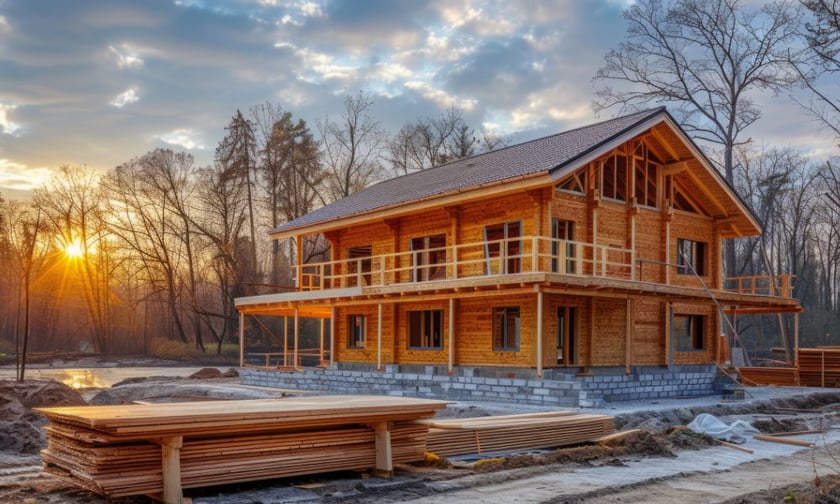

Canada’s housing shortage is intensifying, with a projected gap of 3.5 million units by 2030. While addressing the supply crisis is critical, failing to consider climate risks could lead to significant insurability challenges.
The increasing frequency and severity of extreme weather events are driving up insured losses, making it more expensive to protect homes and communities, according to the Insurance Bureau of Canada (IBC).
Last year set a record for insured damages from catastrophic weather events in Canada, exceeding $8.5 billion. During the summer alone, 228,000 insurance claims were filed. As disasters become more frequent, the financial burden is growing for homeowners, insurers, and governments.
Since 2019, personal property damage claims have increased by 115%, while the cost of repairing and replacing damaged property has surged by 485%. Rising claims costs are contributing to higher insurance premiums and, in some cases, making coverage more difficult to obtain in high-risk areas.
A recent report from the Canadian Climate Institute warned that without changes to land-use policies, more than 540,000 new homes could be built in flood-prone areas by 2030, adding up to $2 billion per year in additional flood-related damage. Wildfires could contribute another $1.1 billion in annual losses, pushing total potential damages to more than $3 billion per year.
Insurers are increasingly concerned that continued development in high-risk areas will further strain the industry and make it more difficult for homeowners to secure affordable coverage.
The financial impact of extreme weather is already evident. The August 2024 hailstorm in Calgary, now the second-costliest insured disaster in Canadian history, resulted in $3.25 billion in insured losses from more than 130,000 claims. Homeowners who repaired their properties using hail-resistant materials were able to reduce their exposure to future damage, highlighting the importance of climate-adaptive building practices.
The insurance industry has been advocating for stronger climate adaptation measures to reduce losses and maintain the availability of coverage. Industry leaders emphasized the need for improved building codes, increased investment in flood and wildfire mitigation, and stricter land-use policies to prevent new development in high-risk areas.
The IBC urged governments at all levels to prioritize climate resilience in housing policy. Investments in infrastructure, such as flood defenses and wildfire prevention programs, can help protect communities. Strengthening building codes to require more resilient materials and construction methods could also reduce long-term costs. Municipalities also play a role in directing new development away from high-risk areas to prevent future insurability challenges, according to the IBC.
The property and casualty insurance industry continues to support efforts to make communities more resilient to extreme weather, but long-term solutions require policy changes. Without action, the rising cost of climate-related disasters will not only strain insurers, but also threaten housing affordability and accessibility for Canadian homeowners, the IBC said.
